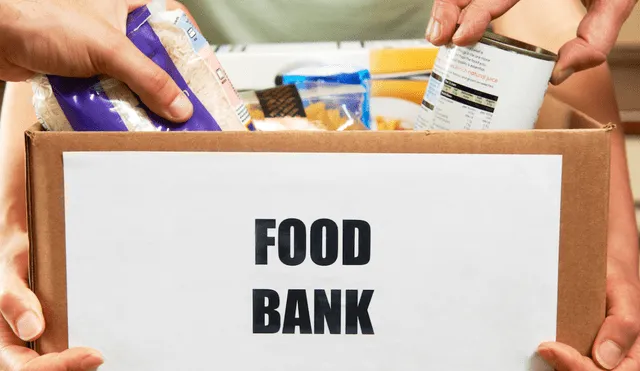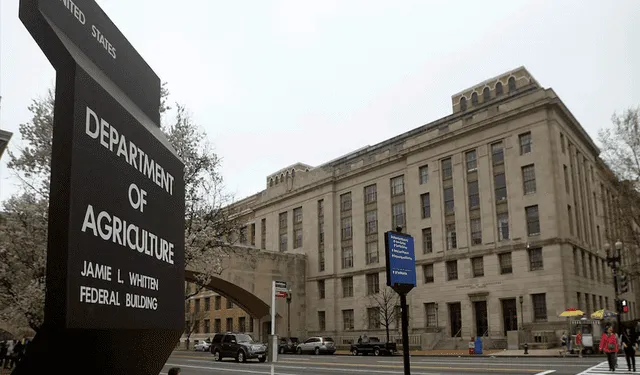USDA cuts over $1B in funding for food banks and school meal programs: What you need to know
The USDA is planning cuts over $1 billion to food bank funding and school meal programs. Learn how these changes could impact families and communities across the country.

The U.S. Department of Agriculture (USDA) has announced cuts of over $1 billion in funding for vital programs supporting local food purchases by schools and food banks. This decision, which affects multiple programs designed to help schools and underserved communities access healthy, locally-sourced food, is part of broader efforts to reduce federal spending. Here's what you need to know about these cuts and their potential impact.
According to reports from the School Nutrition Association and Politico, the USDA has slashed funding for two key programs: the Local Food for Schools Cooperative Agreement Program and the Local Food Purchase Assistance Cooperative Agreement Program. These cuts will affect how schools and food banks source food from local farmers, a practice that has supported local agriculture and nutrition for years.
What is the Local Food for Schools program?
The Local Food for Schools program was designed to help states, tribes, and territories purchase fresh, healthy foods directly from local farmers and suppliers. The aim was to provide schools and childcare centers with unprocessed or minimally processed foods, supporting both community food systems and the economy.

The USDA has slashed funding for two key programs: the Local Food for Schools Cooperative Agreement Program and the Local Food Purchase Assistance Cooperative Agreement Program. Photo: Politico
According to the USDA, this program was intended to “strengthen the food system for schools and childcare institutions by helping to build a fair, competitive, and resilient local food chain.” This initiative not only benefited schools but also helped create new revenue streams for local farmers. In Massachusetts, for example, over 500 farmers were involved in supplying food through this program.
What is the food bank program?
The Local Food Purchase Assistance Cooperative Agreement Program operates similarly, but focuses on providing locally-sourced food to food banks and organizations serving underserved communities. Launched in 2021, the program aims to improve the resiliency of food and agricultural supply chains while ensuring that food banks have access to nutritious, locally grown food.
Food purchased through this program is distributed to 7,900 food banks and community organizations across the U.S. As with the Local Food for Schools program, this initiative was introduced to address disruptions in the food supply chain during the COVID-19 pandemic.
Why is USDA cutting funding for these programs?
The USDA's decision to cut funding comes as part of a broader effort by the Trump administration to streamline federal spending. A spokesperson from the USDA explained that the funding was deemed unnecessary, as it no longer aligns with the agency's priorities. The Massachusetts Department of Agricultural Resources confirmed that it received notification on March 7 that the 2025 funding would be terminated within the next 60 days.

The U.S. Department of Agriculture (USDA)'s decision would affect thousands of people including farmers, students and many more. Photo: Reuters
How much money is the USDA cutting?
The cuts amount to more than $1 billion, with $660 million earmarked for local food purchases by schools. This funding was part of a larger $1.13 billion investment announced by the USDA in December 2024. Of that total, $471.5 million was allocated for local food purchases for schools, while $188.6 million was designated for child care centers participating in the Child and Adult Care Food Program.
These cuts have raised concerns among local farmers and communities who have come to rely on these programs. The USDA’s decision to end funding for local food purchases could disrupt the supply chains that have been built over the past few years, potentially leading to reduced income for local farmers and less nutritious food in schools and food banks.













